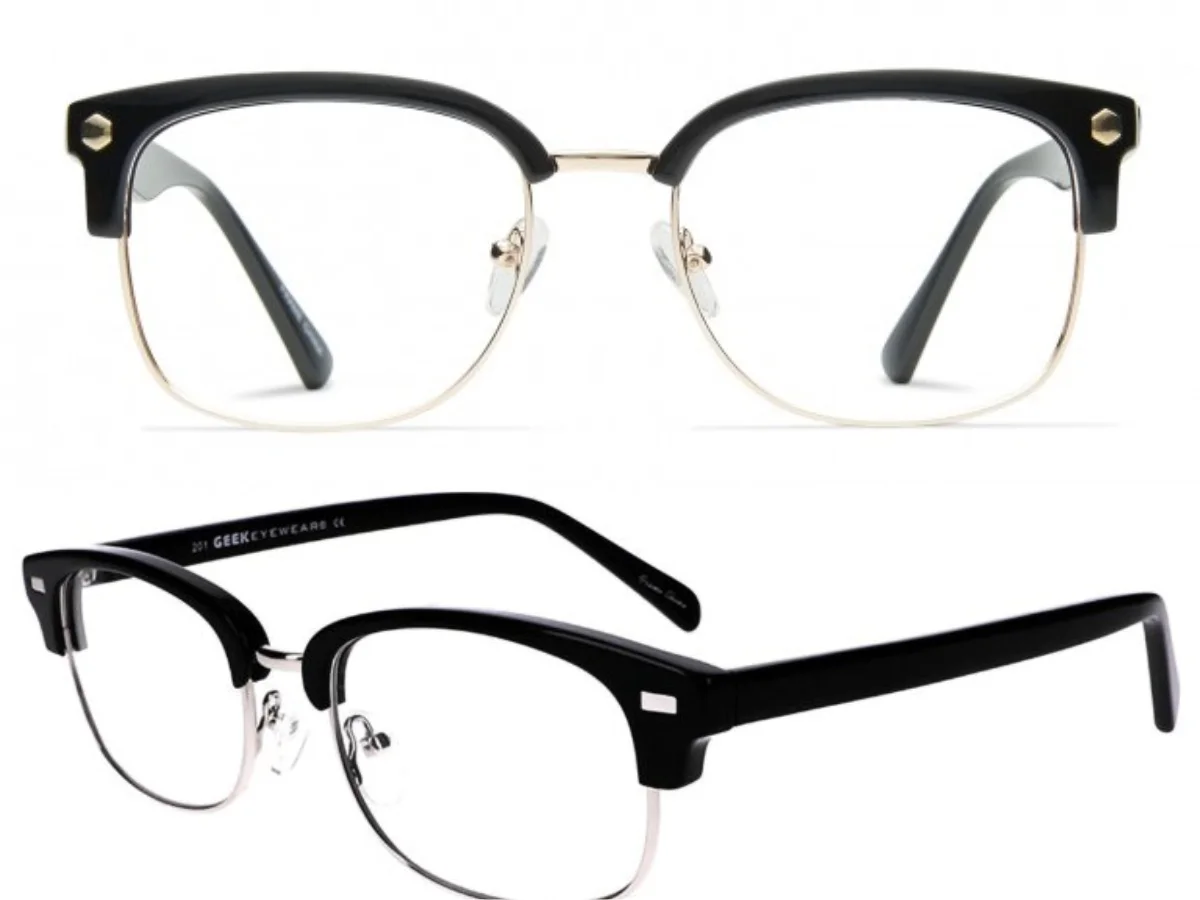Progressive lenses have revolutionized the way people with presbyopia or multifocal vision correction need to see the world. Unlike traditional bifocals or trifocals, progressive lenses offer a seamless transition between multiple vision zones, providing clear vision at varying distances. However, not all eyeglass frames are suitable for progressive lenses. In this article, we’ll explore the factors that make frames unsuitable for these advanced lenses and provide insights into choosing the right frame for your progressive eyeglasses.
1. Introduction: The Advantages of Progressive Lenses
Progressive lenses are a modern solution for those needing multiple vision corrections without the inconvenience of visible lines on their eyeglasses. They offer clear vision for reading, intermediate, and distance tasks, making them a popular choice among individuals with presbyopia.
2. Understanding Progressive Lenses
2.1. How Progressive Lenses Work
Progressive lenses feature a gradual change in prescription power from the top of the lens (for distance vision) to the bottom (for reading). This allows wearers to focus on objects at various distances by simply adjusting their gaze.
2.2. Benefits of Progressive Lenses
The key benefits of progressive lenses include a natural and seamless transition between vision zones, eliminating the need to switch between multiple pairs of glasses.
3. Frames That Are Unsuitable for Progressive Lenses
3.1. Narrow Frames
Frames with narrow lens openings may not provide enough vertical space for the progressive lens design. This can limit the usable area of the lens and disrupt the seamless transition between vision zones.
3.2. Frames with Excessive Curvature
Frames with extreme curvature, such as wraparound sunglasses, can distort the progressive lens design. This distortion can result in visual discomfort and reduced clarity.
3.3. Oversized Frames
While oversized frames may be fashionable, they can also pose challenges for progressive lenses. The lens height may be insufficient for proper multifocal zones, affecting vision quality.
3.4. Rimless Frames
Rimless frames offer a minimalist look but may not be the best choice for progressive lenses. Mounting progressive lenses in rimless frames can limit the available lens area, reducing the effectiveness of the multifocal design.
3.5. Frames with Low Bridge Fit
Frames with a low bridge fit can lead to improper alignment of progressive lenses. This misalignment can result in discomfort and decreased visual performance.
4. How to Choose the Right Frame
4.1. Consult with an Optician
To ensure your progressive lenses work optimally, consult with an experienced optician. They can recommend suitable frame styles based on your prescription and facial features.
4.2. Consider Frame Size and Shape
Choose frames that offer adequate lens height and width for your progressive lenses. A rectangular or oval shape often works well for multifocal lenses.
4.3. Evaluate Bridge Fit
Ensure the frame’s bridge fits comfortably on your nose to maintain proper alignment of the progressive lenses.
4.4. Material Matters
Select frames made from materials like metal or acetate, as they provide stability and durability for progressive lenses.
5. Conclusion
In conclusion, selecting the right frame is crucial for optimizing the benefits of progressive lenses. Frames that are unsuitable for progressive lenses include narrow, curved, oversized, rimless, and low bridge-fit frames. Consultation with an optician and consideration of frame size, shape, and material are essential steps in choosing the perfect frame for your progressive eyeglasses.
6. FAQs
1. Can I use any frame with progressive lenses?
Not all frames are suitable for progressive lenses. Frames with specific characteristics, such as narrow openings or excessive curvature, may not work well with these lenses.
2. Do progressive lenses cost more than regular lenses?
Yes, progressive lenses are typically more expensive than single-vision lenses due to their advanced design.
3. Are there any alternative lens options for multifocal vision correction?
Yes, bifocals and trifocals are alternative lens options for multifocal vision correction, but they have visible lines separating different prescription zones.
4. Can progressive lenses be used for computer work?
Yes, progressive lenses can be designed for computer use, providing a comfortable intermediate vision zone for working on screens.
5. Is it possible to adjust to progressive lenses quickly?
While some individuals adapt quickly to progressive lenses, others may require a short adjustment period to get used to the seamless transition between vision zones.
Read More: https://www.rozyjos.com/
More Related:
Unveiling the Exclusive Benefits of Progressive Emerald Level Membership
Who is the Major Shareholder of Progressive Insurance?
Drop Set vs. Progressive Overload: Which is Better for Muscle Growth?
Exploring the Most Impressive Achievements of Progressive Reformers
Exploring Liberal and Progressive Ideological Values
Can You Go to Jail for Not Paying Progressive Leasing?
Understanding the Difference Between Progressive and Degenerative Diseases

